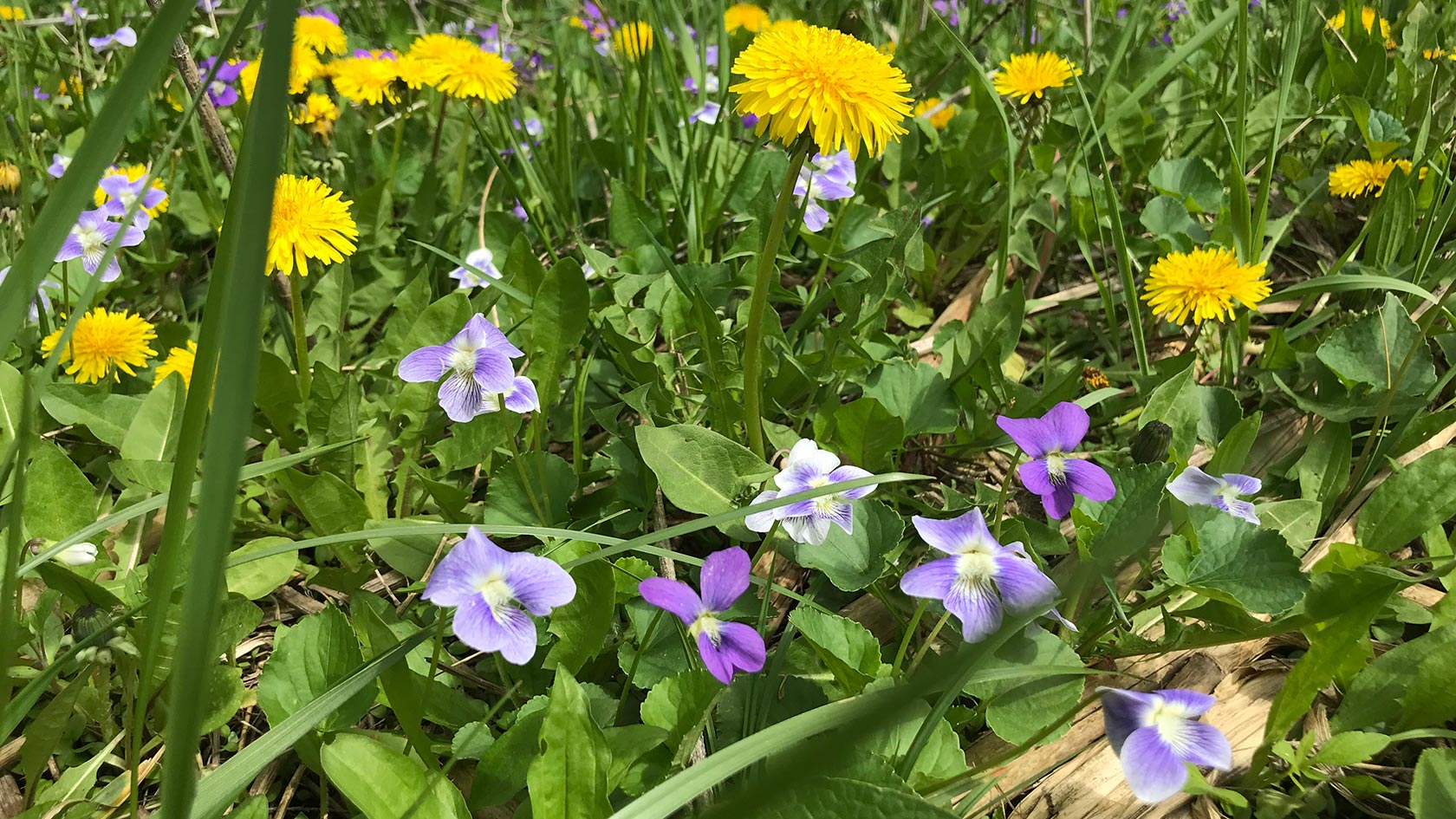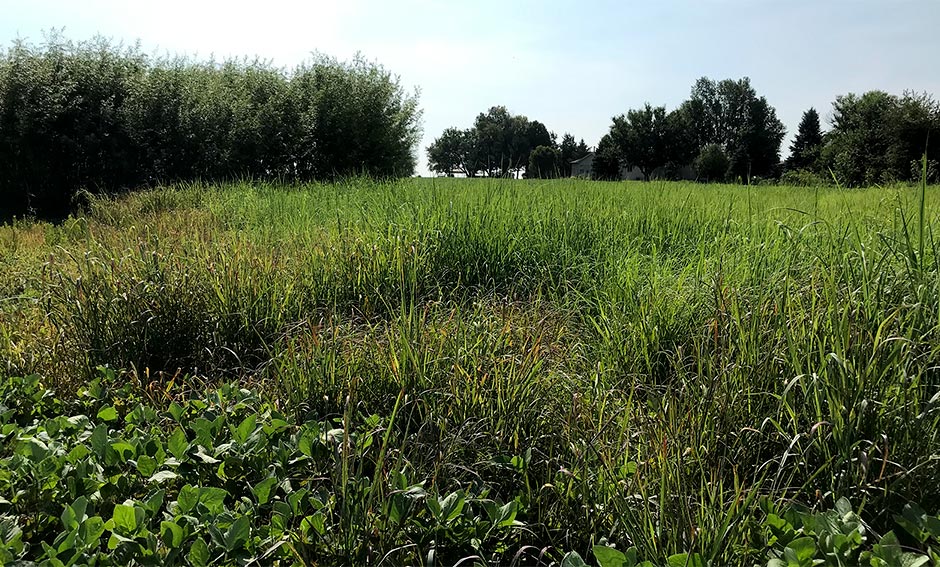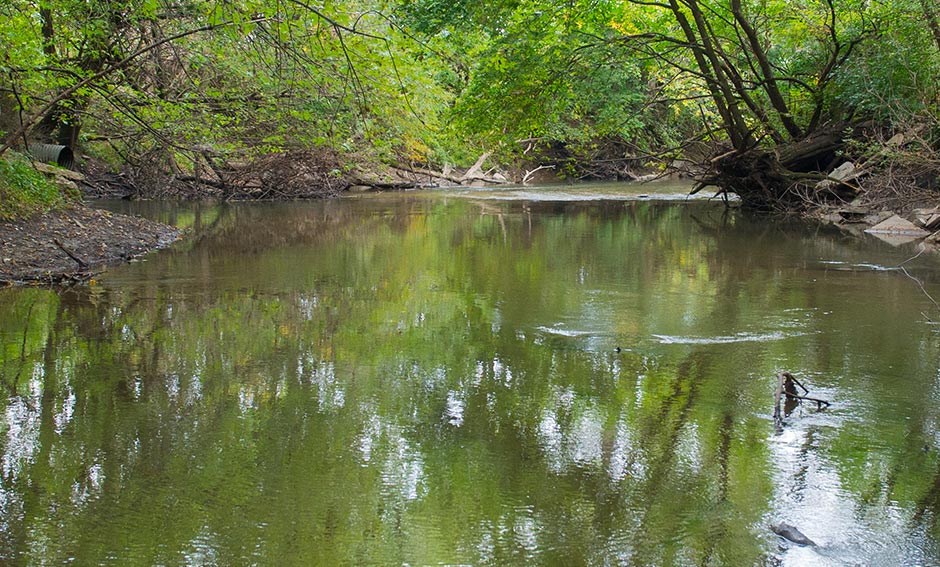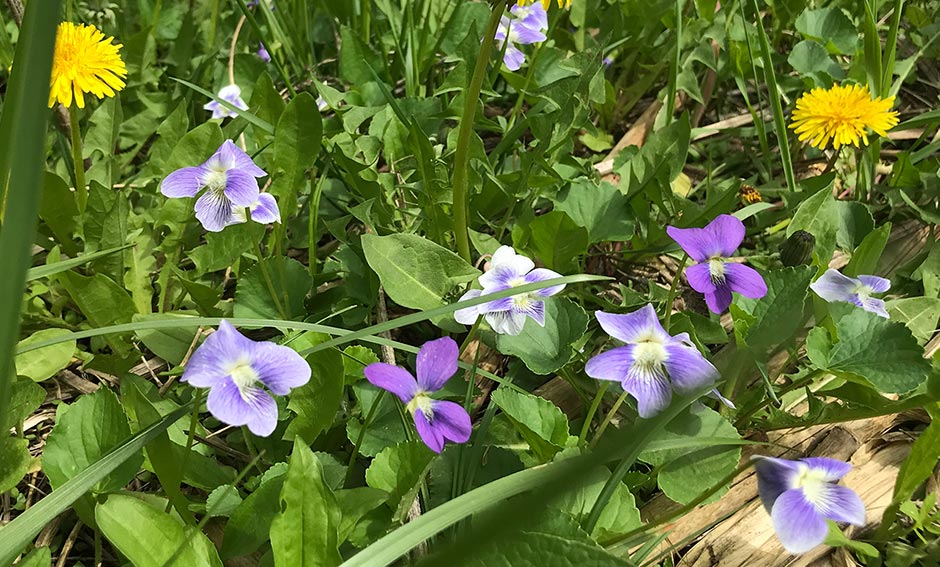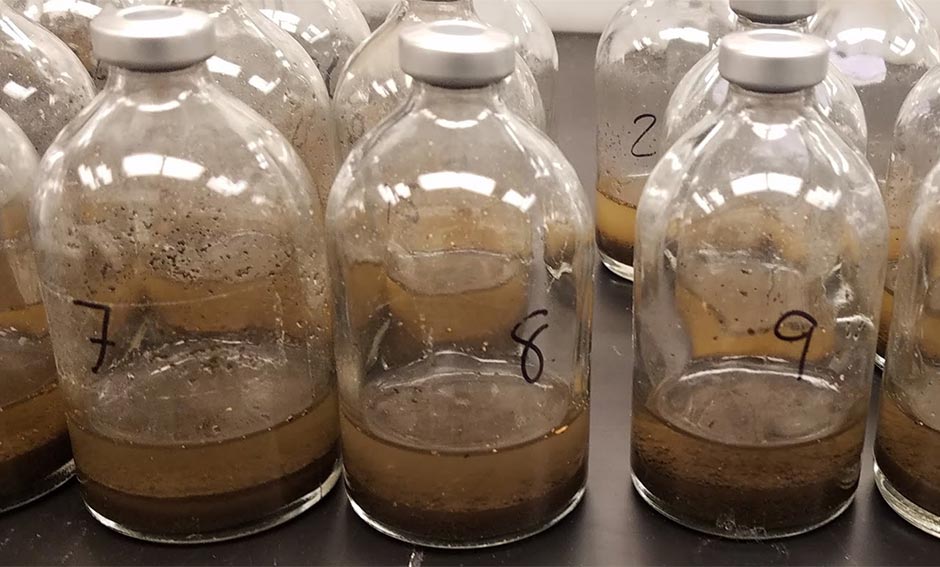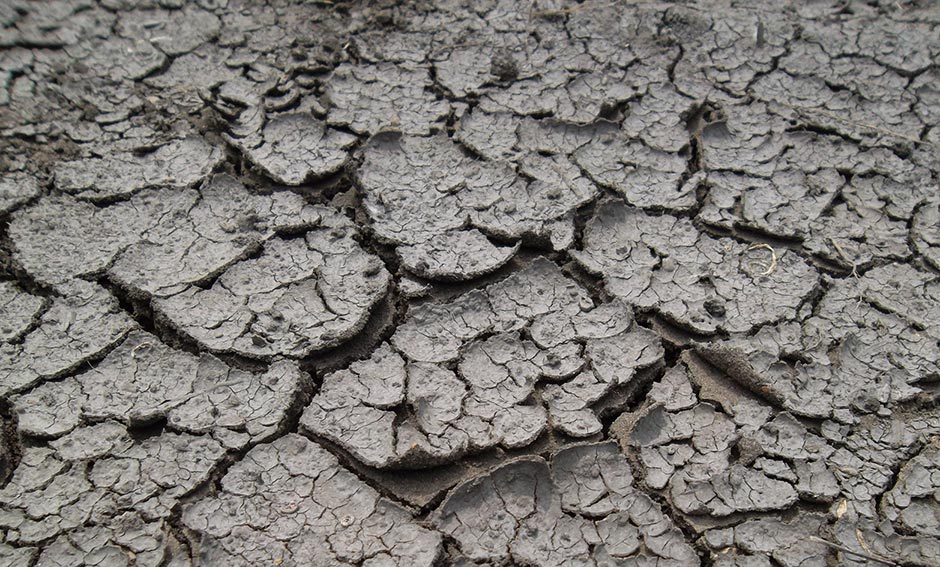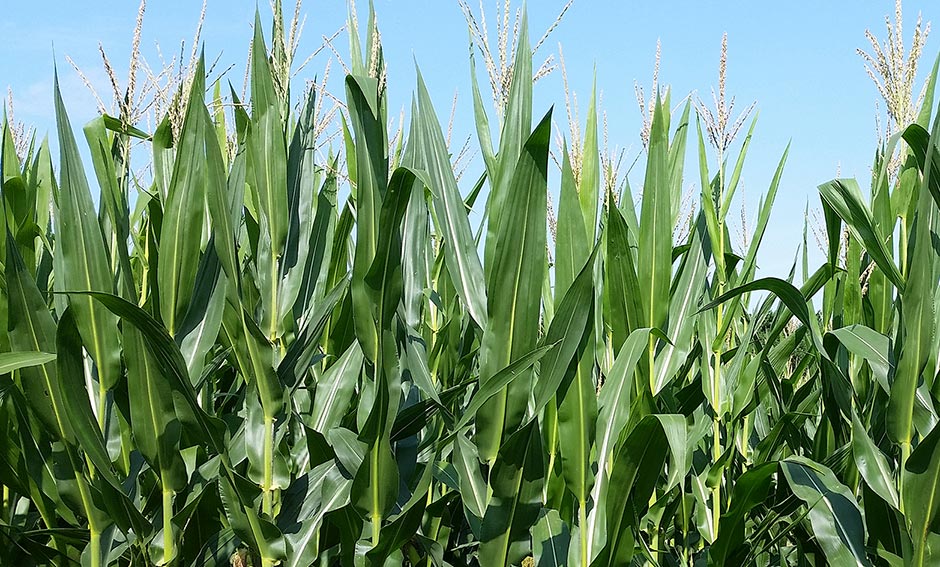Loading...
Biodiversity
Benefits and limitations of perennial bioenergy crop production in agricultural landscapes on pollinators and plant diversity
Evaluation of an Autonomous Acoustic Surveying Technique for Grassland Bird Communities in Nebraska
- Schuster, G.E., L.J. Walston, and A.R. Little, 2024, Evaluation of an autonomous acoustic surveying technique for grassland bird communities in Nebraska. PLoS ONE 19, e0306580. https://doi.org/10.1371/journal.pone.0306580
- North American grassland birds have experienced a 53% population decline since the 1970s due to loss of habitat associated with the conversion of grassland habitat to row-crop agriculture and declines in insect prey populations.
- Passive acoustic monitoring approaches using autonomous recording units have been shown to be cost-effective alternatives to traditional point count surveys for monitoring of different bird communities.
- A DOE BETO-funded study in Nebraska, USA showed that the use of BirdNET, an automatic bird acoustic recognition technology, can accurately detect more grassland bird species recorded from passive acoustic monitoring units than traditional point count surveys.
- Results suggest that bioacoustic monitoring technologies can improve the detection and analysis of grassland bird communities in bioenergy landscapes.
Bird Species Use of Bioenergy Croplands in Illinois, USA – Can Advanced Switchgrass Cultivars Provide Suitable Habitats for Breeding Grassland Birds?
- LaGory, K., Cacho, J.F., Zumpf, C.R., Lee, D.K., Feinstein, J., DeMatties, D., Walston, L.J., Negri, M.C., 2024, Bird Species Use of Bioenergy Croplands in Illinois, USA - Can Advanced Switchgrass Cultivars Used for Bioenergy Production Provide Sustainable Habitat for Breeding Grassland Birds?: Journal of Sustainability 16, 4807 . https://doi.org/10.3390/su16114807
- Grassland bird populations have declined significantly over the last five decades as a result of the conversion of grasslands into monocultural crop production systems.
- Traditional observation-based bird surveys combined with autonomous acoustic monitoring provide comprehensive insights into the use of native birds of an alternative bioenergy landscape.
- A DOE BETO-funded study in Illinois, USA showed that production of advanced bioenergy switchgrass cultivars within agricultural landscapes could aid grassland bird conservation, especially if mixed with forb-rich habitats.
Invertebrate and Plant Community Diversity of an Illinois Corn-Soybean Field with Integrated Shrub Willow Bioenergy Buffers
- Zumpf C, Quinn J, Cacho J, Grasse N, Negri MC, Lee D. Invertebrate and Plant Community Diversity of an Illinois Corn-Soybean Field with Integrated Shrub Willow Bioenergy Buffers. Sustainability. 2021; 13(21):12280. https://doi.org/10.3390/su132112280
- Although the willow bioenergy buffer system was designed to address water quality, this study evaluates the potential for the agricultural-bioenergy system to also support non-target services such as biodiversity.
- Greater plant diversity and richness were observed within the willow buffers compared to grain plots (corn/soybean).
- Seasonality had a greater impact on canopy dwelling invertebrates with similar communities observed in willow and grain plots.
- Presence of unique species and foraging pollinators across willow, grain, and riparian edge habitats highlights the importance of habitat heterogeneity for biodiversity support and the potential benefits of a buffer bioenergy design.
Assessing wild bees in perennial bioenergy landscapes: Effects of bioenergy crop composition, landscape configuration, and bioenergy crop area
- Graham, J. B., J.I. Nassauer, W. Currie, H. Ssegane, and M.C. Negri, 2017, Assessing wild bees in perennial bioenergy landscapes: Effects of bioenergy crop composition, landscape configuration, and bioenergy crop area. Landscape Ecology, 32(5), 1023-1037. https://doi.org/10.1007/s10980-017-0506-y.
- Investigation of the potential for perennial bioenergy crops to support native bee populations in the Indian Creek, IL watershed.
- Spatially explicit modeling of three bioenergy crop types in a range of converted farmland and planting configurations.
- Crop type and overall area are important regionally; planting configuration is important at the local scale.
